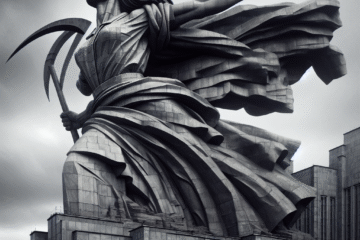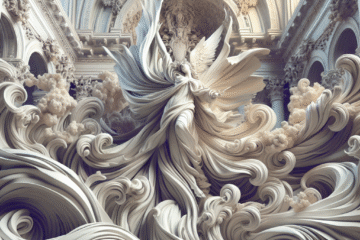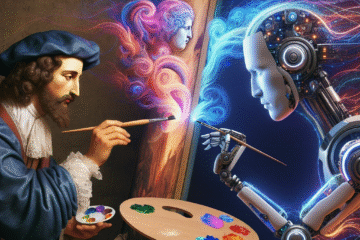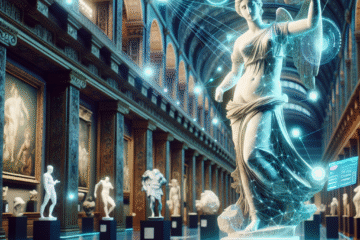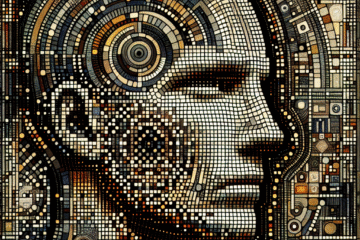Data-Driven Deities: AI Artists Reimagine Mythology for the Algorithm Age
Image title: Blind Orion Searching for the Rising Sun Medium: Oil on canvas Date: 1658 Source: The Met Collection “ All children are artists. The problem is how to remain an artist once he grows up. ” — Pablo Picasso Data-Driven Deities: AI Artists Reimagine Mythology for the Algorithm Age Introduction: Worship in the Machine Age As artificial intelligence advances from intelligent assistant to co-creator, one of its most surprising ventures is into Read more…

